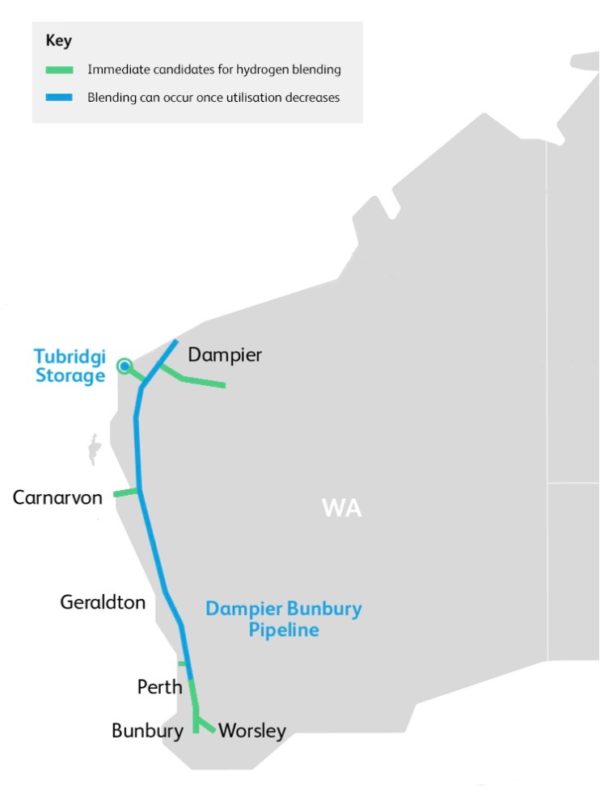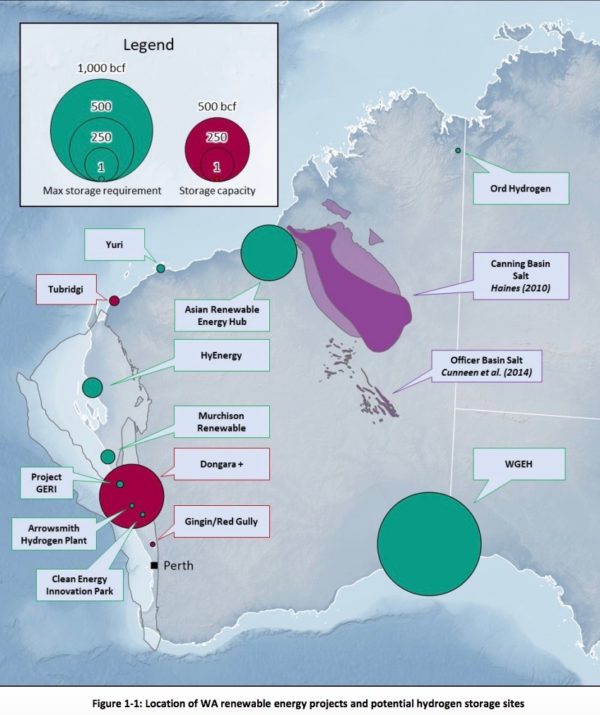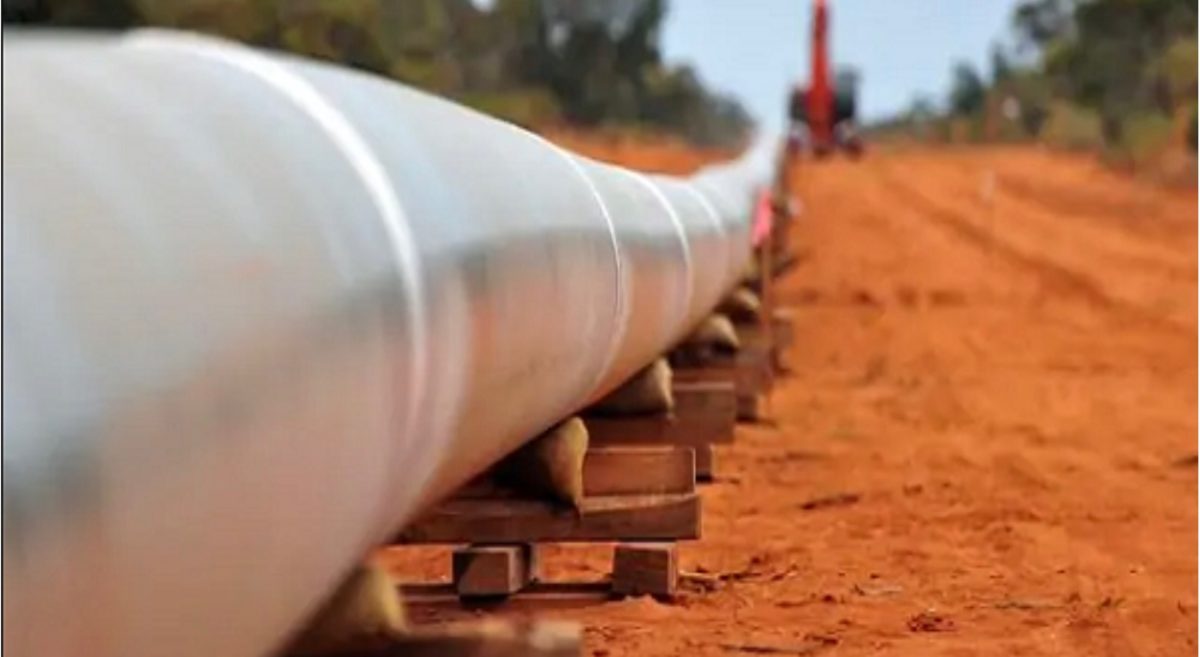Earlier this week, Swinburne University of Technology senior research fellow Steven Percy’s published findings this week which found far north Queensland and Tasmania were the best places in Australia to produce green hydrogen. However, Western Australia’s McGowan Government has today released the results from some of its own funded studies which tout the potential of the state’s own hydrogen future.
At the third Hydrogen Production, Storage, and Infrastructure Development Global Summit, being held virtually this year, WA Hydrogen Industry Minister Alannah MacTiernan cited the newly released reports into the transmission and storage of hydrogen.
“The WA Government has committed $160 million to making sure Western Australia reaches its potential and becomes a global supplier of renewable hydrogen,” said MacTiernan.
“Our commitment includes funding a range of studies that will inform the development of Western Australia’s hydrogen industry.”
One feasibility study, prepared by the operator of the Dampier Bunbury Pipeline (DBNGP) the Australian Gas Infrastructure Group (AGIG), and funded by WA’s Renewable Hydrogen Fund, outlines a pathway for sections of the DBNGP to use up to 9% hydrogen/natural gas blends.
According to the study, “there is now a clear pathway for declaring a pipeline section as suitable for use with hydrogen/natural gas blends. This pathway includes material testing, additional operational constraints and a realignment of regulatory and commercial frameworks.”
AGIG reviewed 42 independent pipeline sections for suitability to hydrogen transportation with the purpose of identifying the concentration of hydrogen with an effect upon pipeline safety and performance that would be “negligible.” This concentration up to a partial pressure of 500kPag, is the 9% blend mentioned across “many” of the sections of DBNGP. The particular sections of the pipeline best suited to blended hydrogen/gas are “Mainline South”, between Kwinana and Bunbury, and DBNGP Laterals, including sections of pipeline extending out to mining and industrial hubs.

Underground, underwhelming
MacTiernan has also released the first stage of a report into the potential to store hydrogen in depleted oil and gas fields. The study, commissioned by the Geological Survey of Western Australia (GSWA) and prepared by RISC Advisory, conducted a literature review and scoping study of the potential for underground hydrogen storage in aquifers, salt caverns, underground mine sites and tunnels.
Of the 23 onshore deleted gas and oil fields in WA considered in the study RISC “identified seven fields as good candidates for hydrogen storage projects along the West Coast.” However, unfortunately, the proposed 50GW Western Green Energy Hub (WGEH) and the 23GW Asian Renewable Energy Hub (AREH) “are located over 1,000km away from suitable depleted fields.”
“A more encouraging method of underground storage for the AREH project is subsurface salt,” continued the study. However there are no salt deposits mapped within the region of the WGEH. For these reasons RISC recommends surface storage for these large-scale green hydrogen hubs.

This is frustrating considering research from Future Fuels Cooperative Research Centre (FFCRC), an industry-focussed research, development and demonstration partnership, has mapped Australia’s UHS capacity at potentially 310 million tonnes (38,000 PJ), a figure approximately 60 times larger than what a developed domestic and export Australian hydrogen industry would need, which FFCRC estimates at around five million tonnes (600 PJ).
“As we start producing more and more hydrogen,” said MacTiernan, “we need to know how we are going to safely move and store it around the State. The two reports we have released today identify steps for making sure we have the infrastructure required for the transmission and storage of hydrogen in Western Australia.”
This content is protected by copyright and may not be reused. If you want to cooperate with us and would like to reuse some of our content, please contact: editors@pv-magazine.com.









By submitting this form you agree to pv magazine using your data for the purposes of publishing your comment.
Your personal data will only be disclosed or otherwise transmitted to third parties for the purposes of spam filtering or if this is necessary for technical maintenance of the website. Any other transfer to third parties will not take place unless this is justified on the basis of applicable data protection regulations or if pv magazine is legally obliged to do so.
You may revoke this consent at any time with effect for the future, in which case your personal data will be deleted immediately. Otherwise, your data will be deleted if pv magazine has processed your request or the purpose of data storage is fulfilled.
Further information on data privacy can be found in our Data Protection Policy.